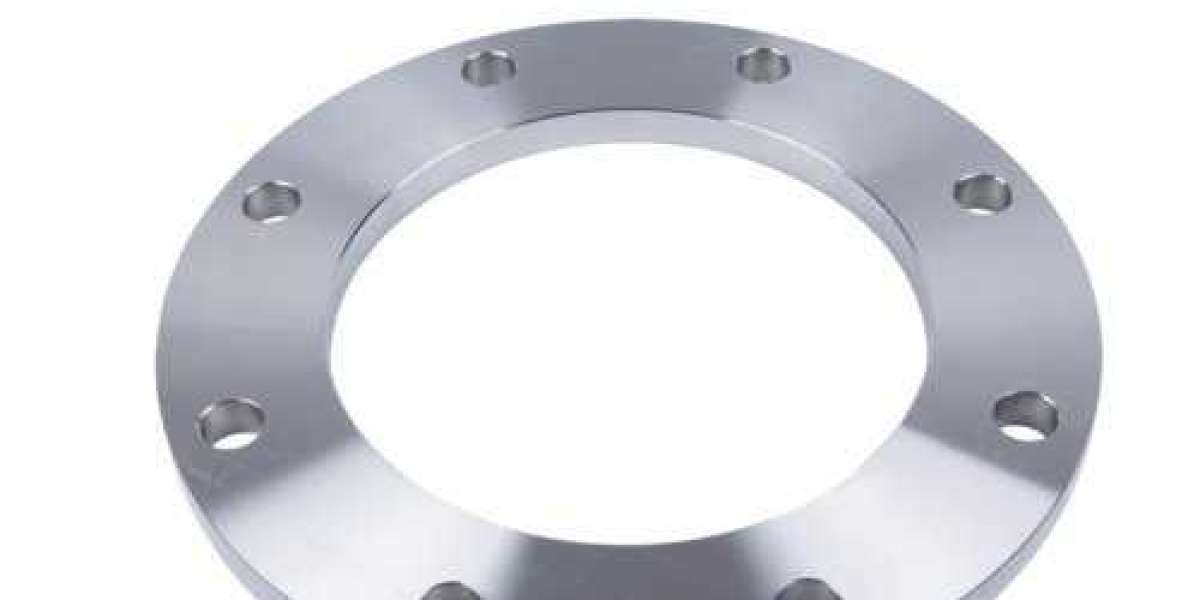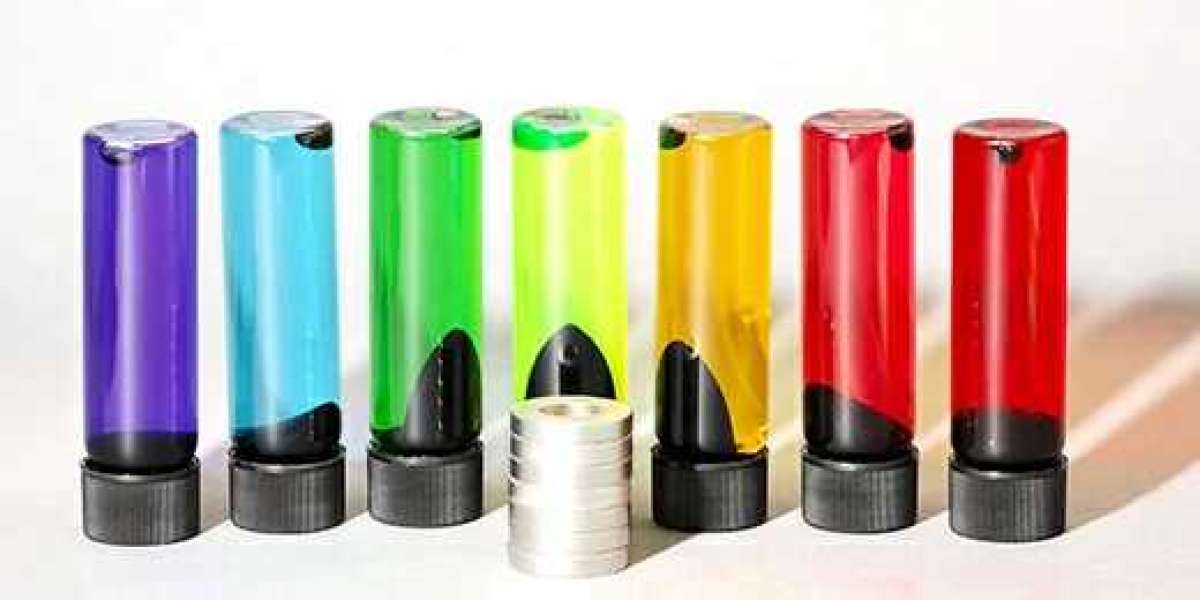What Are Plate Flanges?
Plate flanges are circular discs with holes for bolts, designed to connect pipes or other equipment parts. They come in various sizes and materials, including stainless steel, carbon steel, and various alloys. Plate flanges are essential for creating robust connections in piping systems, enabling them to handle high pressure, temperature, and other operational stresses.
Types of Plate Flanges
Slip-On Flanges
Slip-on flanges are designed to slide over the end of a pipe and are then welded in place. They are popular due to their ease of alignment and installation. Ideal for low to medium pressure applications, slip-on flanges are cost-effective and straightforward to use.
Weld Neck Flanges
Weld neck flanges feature a long, tapered neck that connects gradually to the pipe. This design helps distribute stress evenly, making these flanges suitable for high-pressure and high-temperature applications. Weld neck flanges are preferred for critical systems where reliability is essential.
Blind Flanges
Blind flanges are used to seal the end of a pipe or vessel opening. They are crucial for systems requiring maintenance or inspection access without disassembling the entire setup. Blind flanges effectively prevent leaks and maintain system integrity.
Socket Weld Flanges
Socket weld flanges have a socket into which the pipe is inserted before welding. These flanges are ideal for small-diameter, high-pressure pipelines, providing a smooth internal surface that enhances flow efficiency.
Threaded Flanges
Threaded flanges feature internal threads that allow them to screw onto the pipe without welding. They are suitable for low-pressure applications and are a convenient option where welding is impractical.
Uses of Plate Flanges in Various Industries
Oil and Gas Industry
In the oil and gas industry, plate flanges are used to connect pipelines, valves, and equipment. They must withstand extreme conditions, making materials like stainless steel and high-strength alloys essential. The durability of plate flanges ensures safe and efficient operations.
Chemical Processing
Chemical processing facilities use plate flanges to handle corrosive substances. Corrosion-resistant materials such as stainless steel or special alloys are crucial to prevent degradation and maintain system integrity.
Water and Wastewater Management
In water and wastewater management, plate flanges connect pipes and equipment involved in water treatment and distribution. Their durability and resistance to corrosion ensure long-term performance in various environmental conditions.
Power Generation
In the power generation industry, plate flanges are used in high-pressure steam systems, turbines, and other critical components. Their ability to endure high temperatures and pressures is crucial for maintaining system efficiency and safety.
Food and Beverage Processing
Food and beverage processing relies on plate flanges to ensure hygienic and secure connections in equipment such as mixers, tanks, and pipelines. Stainless steel flanges are commonly used due to their ease of cleaning and resistance to contamination, meeting strict hygiene standards.
Benefits of Using Plate Flanges
Enhanced Safety
Plate flanges provide secure connections that reduce the risk of leaks and potential hazards. Their design ensures system integrity, which is crucial for safety in high-pressure and high-temperature environments.
Easy Maintenance and Inspection
One significant advantage of plate flanges is their ease of maintenance. They allow for quick disassembly and reassembly, facilitating inspection, cleaning, and repairs. This feature is especially valuable in industries where regular maintenance is critical.
Versatility
Plate flanges come in various types and materials, making them versatile for different applications. Whether for high-pressure systems, corrosive environments, or hygienic processes, there is a plate flange designed to meet specific needs.
Durability and Longevity
Plate flanges, particularly those made from stainless steel or high-strength alloys, offer long-lasting performance. Their ability to withstand harsh conditions, including extreme temperatures and corrosive substances, contributes to their extended service life.
Cost-Effectiveness
While the initial cost of plate flanges may vary based on material and design, their long-term benefits make them a cost-effective choice. The ease of maintenance and extended service life help reduce overall costs related to system repairs and replacements.
Selecting the Right Plate Flange
Choosing the appropriate plate flange involves considering several factors:
- Pressure and Temperature Requirements: Ensure the flange can handle the operational pressures and temperatures of the system.
- Material Compatibility: Select materials that are compatible with the substances being transported or processed to prevent corrosion and degradation.
- Size and Design: Choose the correct size and type of flange to match pipe dimensions and system requirements.
FAQs
What is a plate flange?
A plate flange is a flat, circular disc with holes designed to connect pipes or equipment securely. It provides a robust, leak-proof joint in piping systems.
What are the different types of plate flanges?
The main types of plate flanges include slip-on, weld neck, blind, socket weld, and threaded flanges. Each type is suited to specific applications based on pressure, temperature, and installation requirements.
Conclusion
Plate flanges are essential components in many industrial systems, offering secure and reliable connections for pipes and equipment. By understanding the different types of plate flanges, their uses, and their benefits, industries can optimize their operations and ensure safety and efficiency. Advances in flange technology continue to improve performance, making plate flanges a critical element in modern industrial applications.








